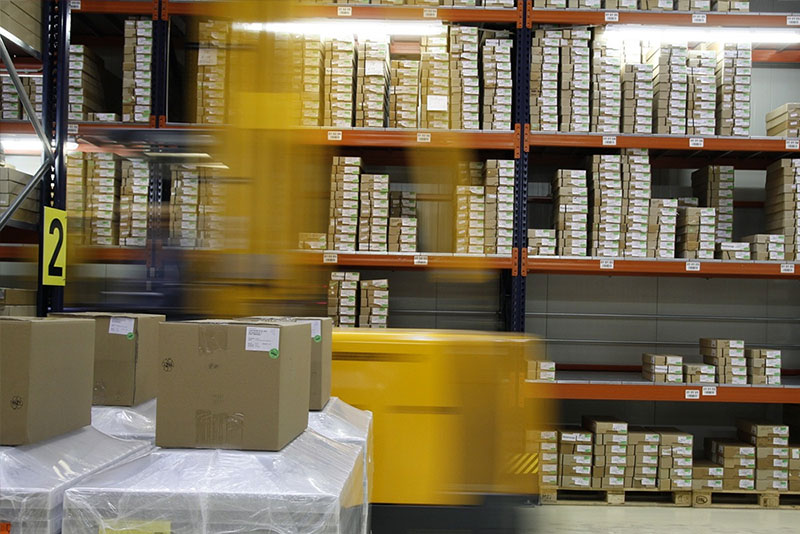Supply chain efficiency is crucial for businesses aiming to stay competitive in today's global market. One effective strategy to streamline operations is leveraging US overseas warehousing. By strategically placing inventory closer to international markets, businesses can reduce lead times, lower transportation costs, and enhance overall supply chain agility.

So, how can I improve supply chain efficiency with US overseas warehousing?
Firstly, by establishing US overseas warehousing facilities, companies gain proximity to major consumer bases. This geographical advantage minimizes transit times from production to end-users, enabling faster order fulfillment and reducing the risk of supply chain disruptions.
Secondly, utilizing US overseas warehousing allows businesses to adopt a "hub and spoke" distribution model. This approach centralizes inventory in key locations, optimizing inventory management and reducing the need for excessive safety stock. As a result, companies can better meet fluctuating demand while minimizing carrying costs.
Moreover, US overseas warehousing supports just-in-time manufacturing strategies. By storing raw materials or semi-finished goods near assembly or manufacturing facilities, companies can accelerate production cycles and respond promptly to market demand shifts. This flexibility enhances responsiveness and customer satisfaction.
Additionally, leveraging US overseas warehousing enhances supply chain resilience. It provides a buffer against geopolitical uncertainties, tariff fluctuations, and natural disasters that may disrupt global logistics. By diversifying distribution networks, businesses can mitigate risks and maintain consistent supply chain operations.

In conclusion, integrating US overseas warehousing into your supply chain strategy offers multifaceted benefits. From reducing lead times and transportation costs to enhancing flexibility and resilience, this approach empowers businesses to optimize operations and deliver superior value to customers worldwide.
